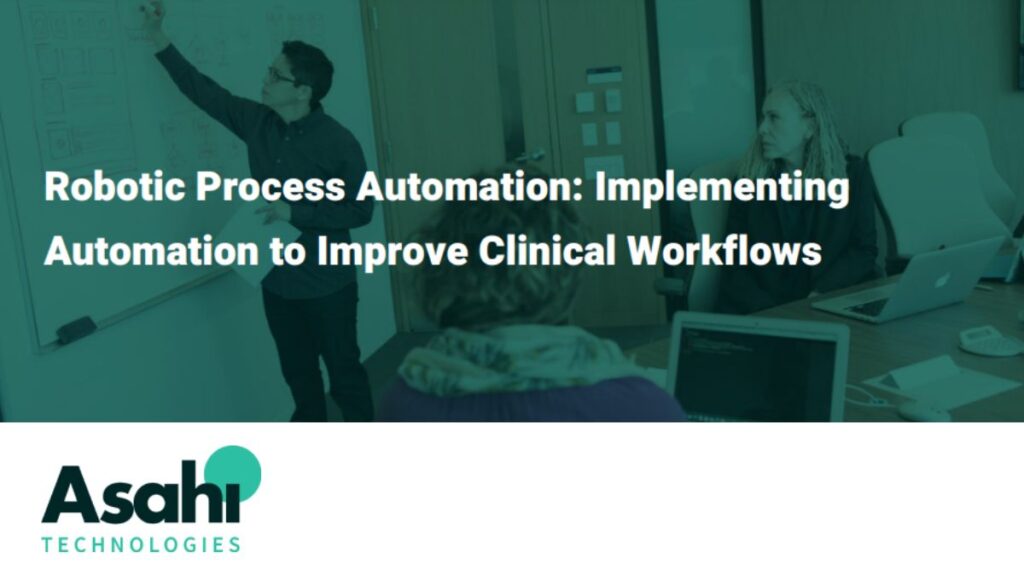
Healthcare executive leadership teams are often tasked with managing the competing priorities of improving operational efficiency, enhancing productivity and staff retention while reducing costs and limiting risk. Accomplishing just one of those goals can be quite challenging under the care conditions healthcare networks have faced in the years since the start of the global COVID-19 pandemic.
The key to overcoming these challenges is leveraging digital transformation to drive robotic process automation across every department in healthcare organizations. Healthcare workflows are defined as sequences of repetitive administrative, mental or physical tasks that need to be completed regularly by hospital operations staff, managers, and clinical teams. According to Precedence Research, the global healthcare automation market was valued at $37.8 billion in 2021 and is projected to reach over $91.6 billion by 2030 with a compound annual growth rate (CAGR) of 10.33% predicted from 2022 to 2030. As of 2020, 90% of healthcare enterprises reported working to improve automation capabilities across its organizational footprint.
